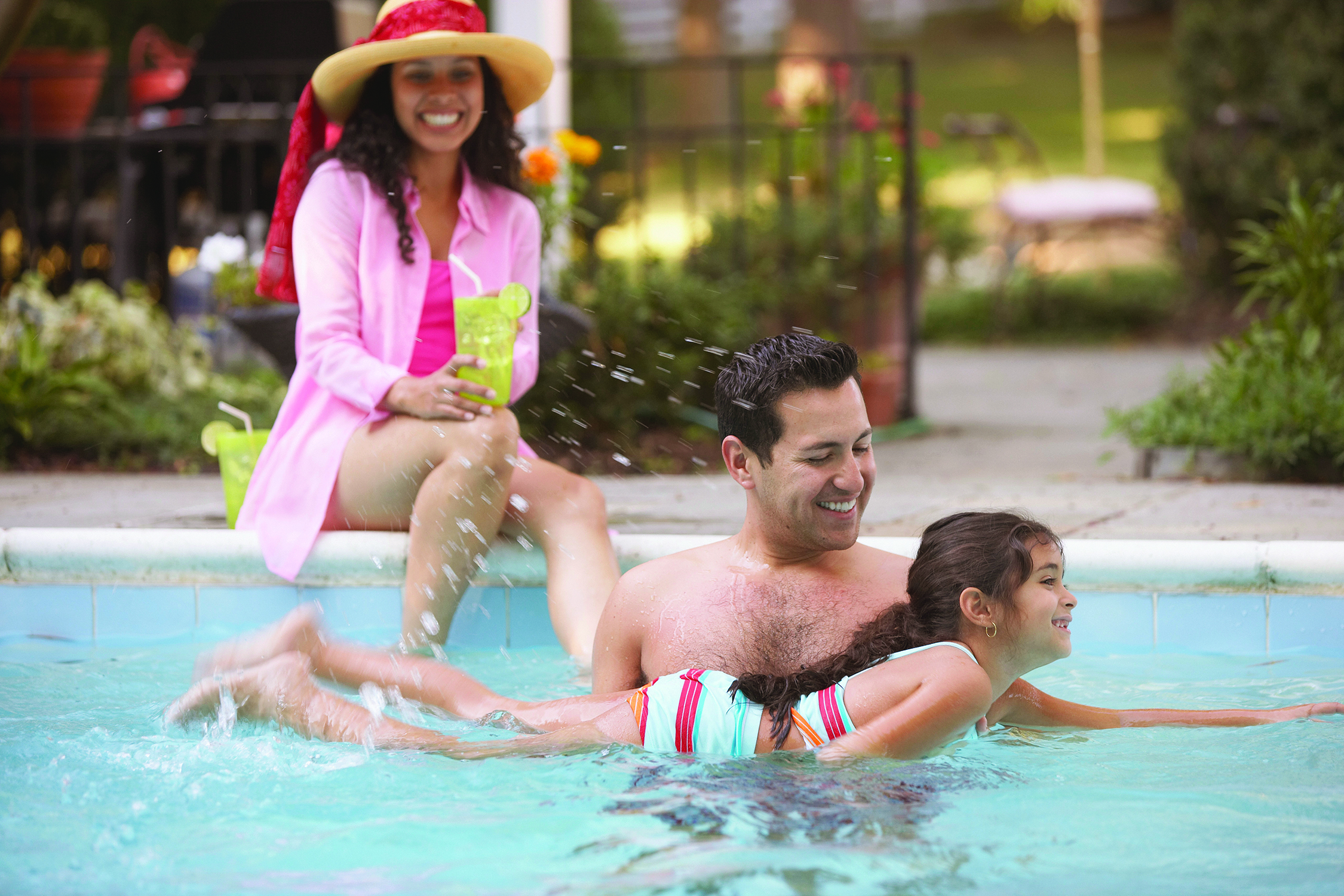
(Family Features) Longer days and lighter schedules make summer perfect for relaxing, having fun outdoors and spending time with loved ones. However, more physical activity and time spent in the sun can also translate to increased health and safety risks.
As you and your family enjoy the warmth and sunshine while swimming, biking, grilling, playing on the playground and more this summer, remember these precautions from the experts at the American Heart Association.
Watch for Signs of Heat Stress
On hot summer days, be alert for signs of heat illnesses, such as heat cramps, heat exhaustion or heat stroke. Even when it doesn’t seem extreme, heat and humidity can take a toll. Some signs of heat-related illness include muscle pain, cramps or spasms; heavy sweating; paleness; dizziness; headache; nausea or vomiting; confusion; fainting or unconsciousness; high body temperature (greater than 100 F) with dry skin; and rapid pulse. If you experience any of these symptoms, take a break, drink some water and find shade or air conditioning to cool off.
Stay Hydrated
Staying hydrated is important for optimal body functioning, especially during the hot and humid months. If you plan to spend a lot of time outdoors, frequently consuming water and foods with high water content – melons, lettuce and cucumbers, for example – can help replace the fluids lost via sweat. In addition, be aware of the signs and symptoms of mild dehydration, including a dry or sticky mouth; dry, cool skin; headache; or muscle cramps.
Learn CPR
As summertime activities expose people of all ages to risks, it’s important to be trained in CPR – or cardiopulmonary resuscitation – an emergency lifesaving procedure that is performed when the heart stops beating. If performed immediately, it can double or triple a cardiac arrest victim’s chance of survival, according to the American Heart Association. However, only about 40% of people who experience out-of-hospital cardiac arrest receive help before professionals arrive.
Because about 74% of adult and 87.5% of child out-of-hospital cardiac arrests happen in homes, you will likely be trying to save the life of someone you love – a child, spouse, parent or friend – if called upon to perform CPR. Hands-Only CPR is recommended for members of the general public. Call 9-1-1, or send someone to do so, then push hard and fast in the center of the person’s chest until medical assistance arrives. Use an AED, if available, following the prompts. Conventional CPR is the next step and involves chest compressions and mouth-to-mouth breathing but should only be used by health care professionals and those trained to perform it correctly.
Protect Skin from the Sun
While it’s easy to get caught up enjoying activities outdoors, remember to take steps to protect your skin from the sun’s damaging rays. Limit your time in the sun, especially during the midday hours when the rays are strongest, and wear sunscreen to help reduce your risk of sunburn. Experts recommend sunscreen with an SPF of 30 or higher. Wearing sunglasses, a hat and cool, long-sleeved clothing can further limit exposure when outdoors for long periods of time.
Swim Safely
Whether enjoying the pool, beach, lake or river, bodies of water can be dangerous if appropriate precautions aren’t taken. In fact, drowning is among the top five causes of unintentional injury death in the United States, according to the CDC. Avoid swimming alone, especially in natural bodies of water that aren’t clear and may present strong currents or underwater obstacles, and don’t overestimate your swimming ability.
For more tips on CPR and first aid, visit cpr.heart.org or download the Knowledge Booster app.
Photos courtesy of Getty Images
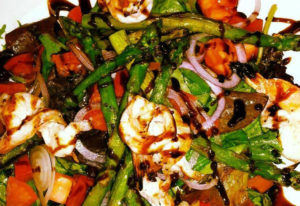
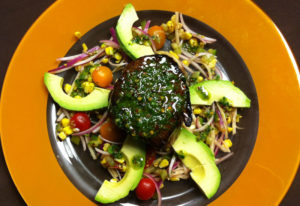
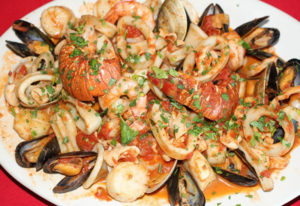





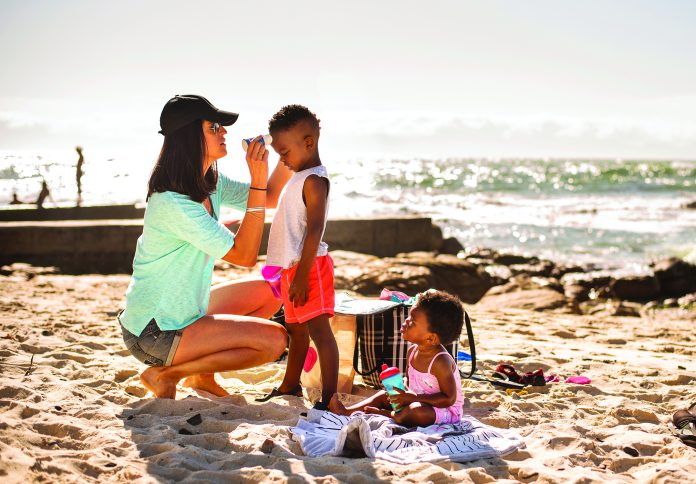



 20 lucky winners will win $500 each in prizes totaling $10,000.
20 lucky winners will win $500 each in prizes totaling $10,000. 